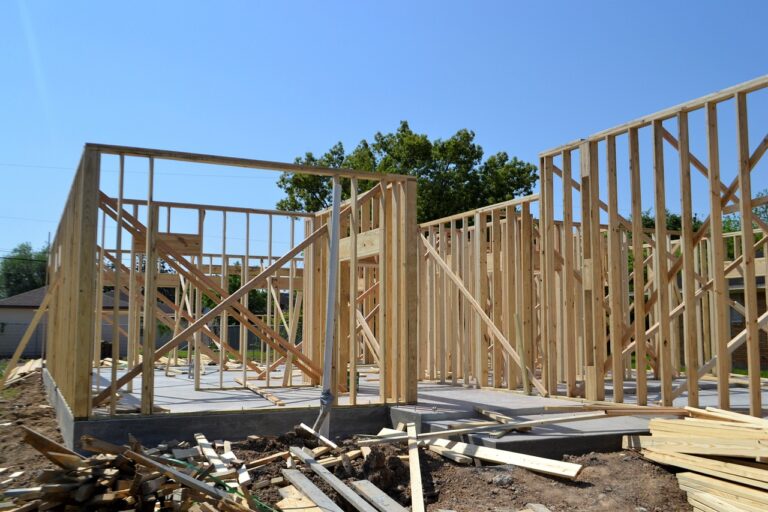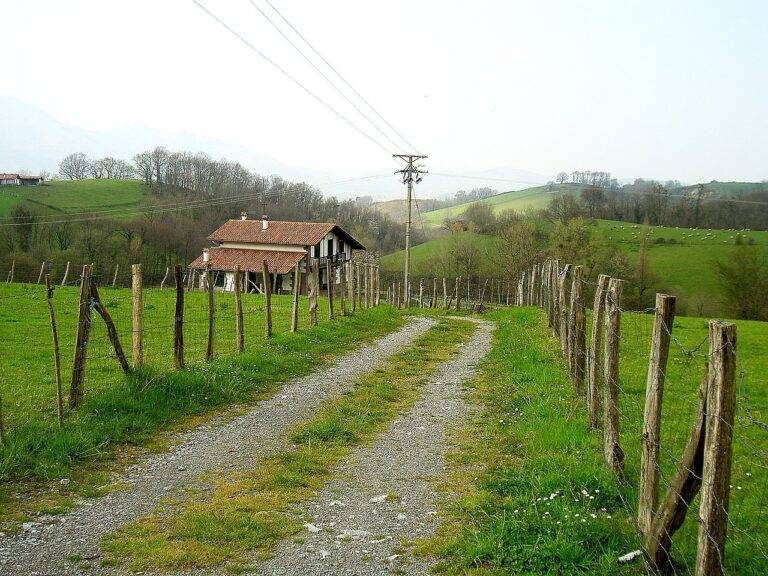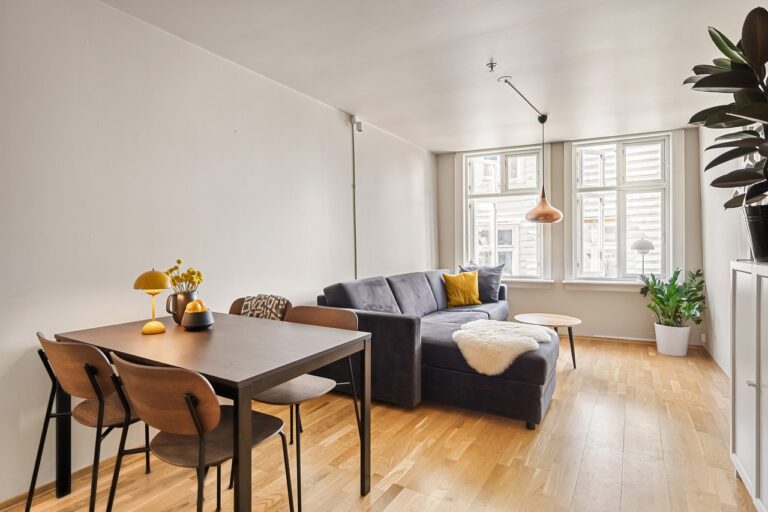The Advantages of Using Eco-Friendly Building Materials
Building with eco-friendly materials is becoming increasingly popular in the construction industry, and for good reason. Not only do these materials help reduce the environmental impact of construction projects, but they also offer a range of benefits for both builders and occupants of the finished structures. In this article, we will explore the advantages of using eco-friendly building materials and why more and more builders are making the switch to sustainable construction practices.
1. Sustainable Sourcing
One of the primary advantages of using eco-friendly building materials is that they are sourced from sustainable and renewable sources. This means that the materials are harvested or manufactured in a way that minimizes environmental impact and ensures that future generations will have access to these resources. By choosing materials that are sustainably sourced, builders can help protect natural ecosystems and reduce their carbon footprint.
2. Energy Efficiency
Many eco-friendly building materials are designed to improve energy efficiency in buildings. For example, materials such as insulated concrete forms (ICFs) and structural insulated panels (SIPs) can help reduce heat loss and improve indoor thermal comfort. By using these materials, builders can create structures that require less energy for heating and cooling, leading to lower utility bills and reduced greenhouse gas emissions.
3. Improved Indoor Air Quality
Eco-friendly building materials are often free from harmful chemicals and volatile organic compounds (VOCs) that can off-gas and pollute indoor air. By choosing materials that are low in VOCs, builders can create healthier indoor environments for occupants. This can lead to improved health and well-being for building occupants, as well as a more comfortable living or working environment.
4. Durability and Longevity
Many eco-friendly building materials are designed to be durable and long-lasting, which can help reduce maintenance costs and extend the lifespan of a building. For example, materials such as recycled metal roofing and bamboo flooring are known for their durability and resistance to wear and tear. By choosing materials that are built to last, builders can create structures that stand the test of time.
5. Waste Reduction
Using eco-friendly building materials can help reduce waste during the construction process. Many sustainable materials are recycled or recyclable, meaning that they can be repurposed or reused at the end of their lifespan. This can help builders minimize the amount of construction waste that ends up in landfills, reducing the environmental impact of the project and promoting a more circular economy.
6. Aesthetic Appeal
Eco-friendly building materials come in a wide range of colors, textures, and finishes, allowing builders to create beautiful and unique structures. Whether it’s reclaimed wood siding, natural stone countertops, or energy-efficient windows, eco-friendly materials can add a touch of elegance and sophistication to any construction project. By incorporating sustainable materials into their designs, builders can enhance the aesthetic appeal of a building while also promoting environmentally friendly practices.
FAQs
1. What are some common eco-friendly building materials?
Some common eco-friendly building materials include bamboo, cork, reclaimed wood, recycled metal, natural stone, and low-VOC paints and adhesives.
2. How can eco-friendly building materials help reduce a building’s carbon footprint?
Eco-friendly building materials are often sourced from sustainable and renewable sources, which helps reduce the environmental impact of construction projects. Additionally, these materials are designed to improve energy efficiency and indoor air quality, resulting in lower greenhouse gas emissions and a smaller carbon footprint.
3. Are eco-friendly building materials more expensive than traditional materials?
While some eco-friendly building materials may have a higher upfront cost than traditional materials, they often offer long-term savings in terms of energy efficiency, durability, and maintenance. In the long run, using eco-friendly materials can actually be more cost-effective for builders and building owners.
Overall, the advantages of using eco-friendly building materials are clear. From sustainable sourcing and energy efficiency to improved indoor air quality and waste reduction, these materials offer a range of benefits for both builders and occupants. By choosing eco-friendly materials for construction projects, builders can create environmentally friendly structures that are durable, energy-efficient, and aesthetically pleasing. As the demand for sustainable construction practices continues to grow, eco-friendly building materials are becoming an essential choice for builders who are committed to reducing their environmental impact and creating healthier, more sustainable buildings.







